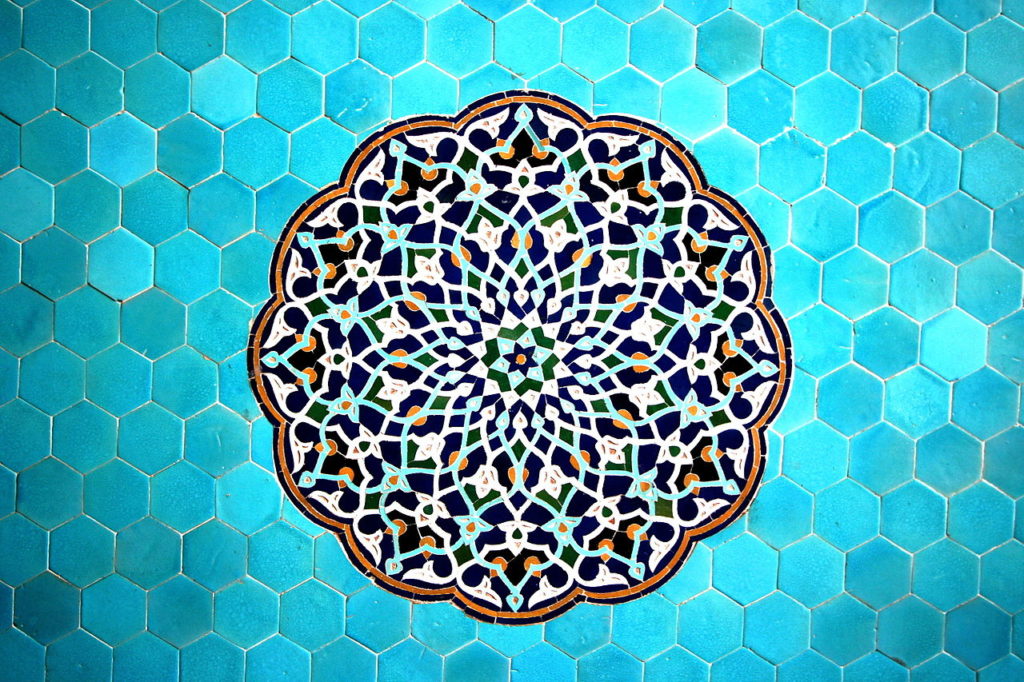2.2.4 Islamic Civilization

The story of Islam’s role in the preservation and transmission of ancient science, to say nothing of its own lasting contributions, is truly fascinating—and a bit of a puzzle. Why is it that so many ancient Greek texts survive only in Arabic translations? How did the Arabs, who had no direct contact with the science and learning of the Greeks, come to be the inheritors of the classical tradition? The answers to these questions are to be found in a unique conjunction of historical forces… (Middle East Institute, 2012).
Read: Introduction to Islam // Middle East Institute
- How did the tradition of mu’allaquat influence early Islam?
- What historical events made possible the transmission of Greek knowledge to Muslim thinkers?
- What role did Muslim thinkers and theology play in the European renaissance?
- What practice were you most surprised to learn began as a Muslim practice but later influenced the West?
- What is “enlightened Islamic fundamentalism?”
Photo: Tiles in the Jame Mosque in Yazd, Iran. Photo Credit: Wikimedia Commons user Dreirik. Public domain.


